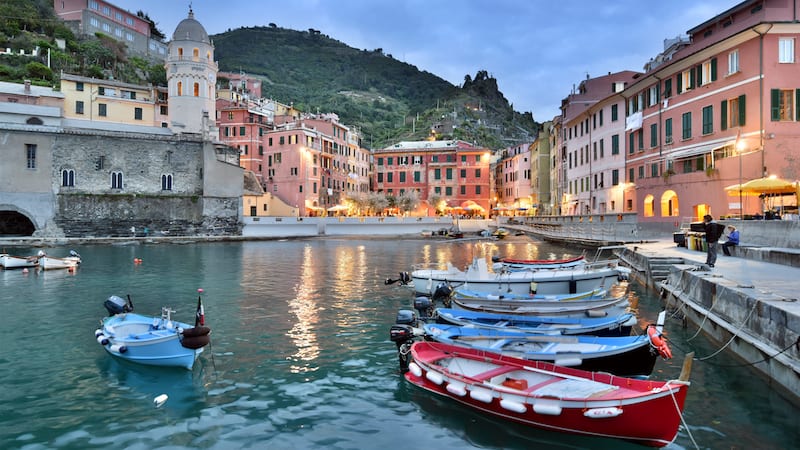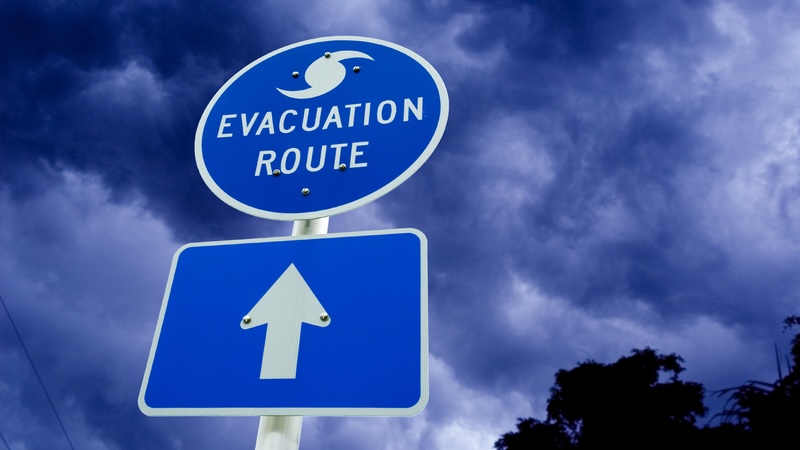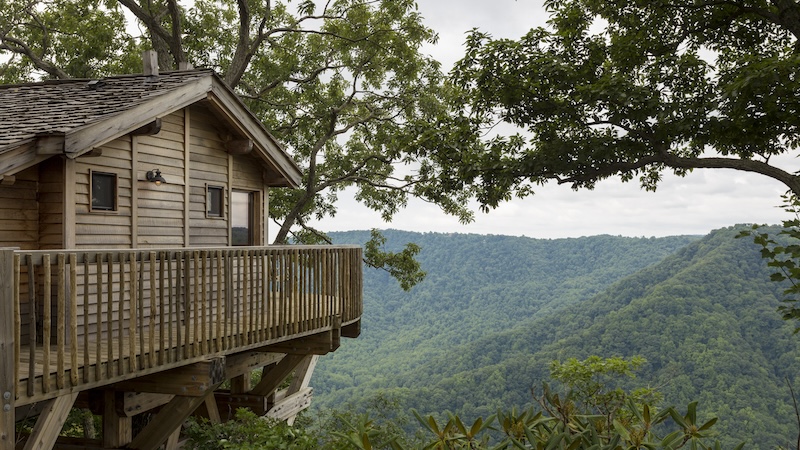Five Flavors of Italy in the Cinque Terre
A laidback, colorful alternative to the French Riviera

Cinque Terre is “the lowbrow, underappreciated alternative to the French Riviera,” says travel writer Rick Steves of these five linked Italian towns.
I’m up early in my favorite village on the Italian Riviera, as the morning sun touches the tip of Vernazza’s bell tower and greets a peaceful world. The air is damp, cool, and refreshing as I wander downhill, passing underneath the train tracks. I enjoy the fact that the town is essentially traffic-free, and realize that many of my favorite Italian towns — like Venice, Siena, Tuscany’s Volterra, and Lake Como’s Varenna — are all this way. Fiat-free Italy … just the way I like it.
Located in northern Italy between Pisa and Genoa, this stretch of five towns along the Italian Riviera is called the Cinque Terre … and it’s the lowbrow, underappreciated alternative to the French Riviera. There’s not a museum in sight, just sun, sea, sand (well, pebbles), wine, swimming, hiking, and pure, unadulterated Italy. Each town fills a ravine with a lazy hive of human activity — calloused locals and sunburned visitors. While the Cinque Terre is now well discovered, I’ve never seen happier, more relaxed travelers.
Until the advent of tourism in this generation, these towns were poor and remote. Today, tourism stokes their economies, and each is well connected by hourly trains. But traditions are resilient, there’s not a chain store anywhere, and each of the five villages comes with a distinct dialect and its own proud heritage.
To preserve the Cinque Terre’s natural and cultural wonders, Italy has declared the region a national park — towns and all. Visitors buy an inexpensive day pass to hike the scenic trail that laces together the unique communities.
Riomaggiore — the most substantial non-resort of the five towns, and the farthest south — is a fascinating tangle of pastel homes that lean on each other like drunken sailors. A cliff-hanging trail offers sweeping coastal views, passing castle ruins and two churches before leading to the town’s tiny harbor.
The next town up, tiny Manarola, is a picturesque tumble of buildings bunny-hopping down its ravine to a wild little harbor. The trail ringing the town’s cemetery, on the peninsula north of the main harbor, affords some of the most strikingly beautiful town views anywhere in the region. Find a cliffside café and enjoy tasty treats born right here: pesto on your focaccia, washed down by a glass of crisp local wine that glistens with the reflection of the Mediterranean. Talk about going local.
Corniglia, with its mellow main square, is the quiet town — the only one of the five not on the water. From the train station, a footpath zigzags up nearly 400 stairs to the hilltop town. According to legend, a Roman farmer originally settled Corniglia, naming it for his mother, Cornelia (which is how Corniglia is pronounced). Locals claim that its ancient residents produced a wine so widely exported that jars have been found at Pompeii stamped with the town name. Still, today, wine remains the town’s lifeblood. Following the pungent smell of ripe grapes into an alley cellar, I find a local who lets me dip a straw into his keg.
Monterosso al Mare, the Cinque Terre’s only resort town, comes with a few cars, lots of hotels, rentable beach umbrellas, crowds, and a thriving late-night scene. Its historic center cradles Old World charm within crooked lanes and hole-in-the-wall shops. Strolling the waterfront promenade, you can pick out each of the other Cinque Terre towns decorating the coast. After dark, they sparkle.
With the closest thing to a natural harbor — overseen by a ruined castle and an old church — Vernazza is the jewel of the Cinque Terre. Its action is at the harbor, where you’ll find restaurants, a bar hanging off the edge of the castle, a breakwater with a promenade, and a tailgate-party street market every Tuesday morning. While the old men putter with their tough little boats, the day’s last bit of sunshine seems to sweep the old women and children into a warm corner in front of the church.
Leisure time is devoted to the passeggiata (evening stroll), as locals do their vasche (laps), wandering lazily together up and down the main drag. After three days in town — sitting on a bench, gelato in hand, enjoying the endless “ciaos” and parade of neighbors — I feel a part of the scene. Here, I live the phrase “la vita pigra di Vernazza” (the lazy life of Vernazza).
More on Vernazza from Rick Steves
PHOTO CAPTION, ABOVE: Enjoy a sunset stroll along Vernazza’s breakwater at dusk when colors deepen and glow. CREDIT: Rick Steves.

Explore more of Rick Steves’ Europe in Boomer
©2023 RICK STEVES
As an Amazon Associate, Boomer Magazine earns from qualifying purchases of linked books and other products.



